Soft mounds of dreamy, grey-green foliage lightly fragranced when crushed; purple/lilac flowers adored by bees and butterflies; the ability to grow in some of the hottest, toughest spots – these characteristics make Nepeta a common and deserved addition to any garden despite only recently being trialled for garden worthiness by the RHS.
Nepeta has about 250 species scattered throughout Europe, Africa and Asia. It belongs to the Lamiaceae family, which is a bit of a heavyweight in gardening terms as it also contains garden favourites such as salvias, lavender and phlomis.
IN BRIEF
What A member of the Lamiaceae family, commonly known as catnip or catmint.
Origins Wild species are native across Europe, Asia and Africa. Many plants are species crosses and only known in garden cultivation.
Season Late spring to late summer.
Size Ranging from 15cm to 1.5m high, often with a width to match.
Conditions Most grow in full sun in well-drained soil, either alkaline or acidic. Some are tolerant of semi-shade and can grow in damper soils.
Hardiness Generally RHS H7, USDA 3a-8b.
If space is limited or you want good succession from your borders, Nepeta nuda and its cultivars are the right choice. They rocket out of the ground, occupying the vertical without using much of the horizontal, just what is needed for a change in form in many garden borders. Nor do they mind mixing in with other plants such as geraniums, rosemary and peonies. Nepeta nuda ‘Romany Dusk’ is my favourite. It has strong, deep-purple stems up to 1.5m, making it attractive even as it builds to flowering on branching stems, clothing the plant with violet-blue flowers in July.
How to grow Nepeta
Where to grow Nepeta
Species of Nepeta, such as Nepeta racemosa, Nepeta x faassenii and Nepeta grandiflora and the garden hybrids that come from them, seem to thrive on neglect and are best grown in nutrient-poor, light soils. They need full sun and a well-drained soil to be at their best. Drainage is particularly important in winter, as they can succumb to too much wet.
How to care for Nepeta
Avoid overfeeding or overwatering them, or else their soft, silky foliage will be too much for the thin, square stems to bear and they will flop. This is often the case when they are grown on richer loam or clay soils.
How to prune Nepeta
A hard cut-back straight after flowering is often necessary to keep plants from opening up in the middle. On dry silt or sandy soil it is best to just deadhead, otherwise the plant may struggle to reflower. During the RHS trial, each of the three plants of each cultivar being grown would be pruned differently: one would be left untouched, one would be deadheaded and one would be cut to the ground after flowering. It was noted that many of the Nepeta racemosa cultivars often opened up in the centre leaving a skirt of flowers at the edge, which was infilled with new foliage and flowers without any pruning, covering the old flowers at the edge in so doing – making it useful for low-maintenance planting schemes.
Clump-forming species need dividing regularly, leaving the clumps no longer than three years for best results and to keep the group vigorous and healthy.
How to take Nepeta cuttings
You can take stem-tip cuttings in early spring, or from fresh growth after the summer cut-back. Sow fresh seed in spring.
Caring for other varieties of Nepeta
Nepeta nuda and its cultivars seem content on almost any soil pH. There is no need to cut them back after flowering as they do not reflower. Stem-tip cuttings of cultivar types in early spring is the best way to increase numbers. Seed is viable and easy from spring surface-sowing in a seed tray, although there is some variability in the quality of the seed-raised offspring.
Nepeta subsessilis from Japan and Nepeta cyanea from the Caucasus form a handful of exceptions in the Nepeta tribe, preferring cool, damp spots in partial shade, although I have noticed over the years that they can cope with sun if they have a moist soil. Their serrated, green leaves turn autumnal hues of orange and yellow, while the seedheads of these species are worth leaving for extra interest in winter. I have had great success with cuttings taken from them in spring while the stems are short and before they hollow out in the centre in summer.
13 Nepetas to grow
Nepeta subsessilis ‘Washfield’
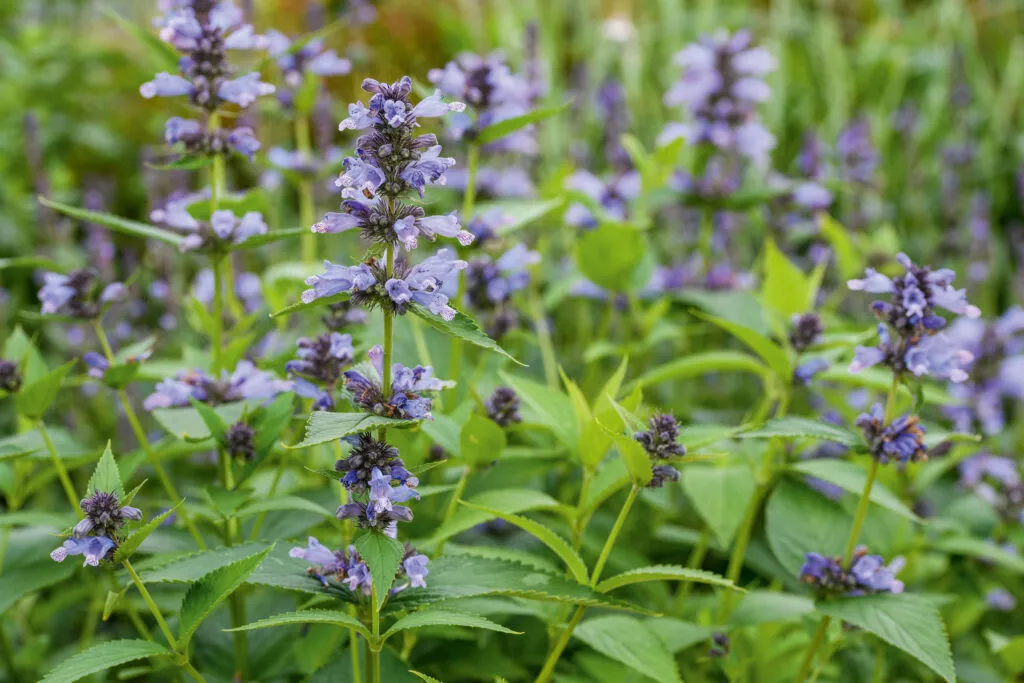
A selection from plantswoman Elizabeth Strangman and named after her nursery in Kent. Strong, green stems topped by whorls of large, terminal, blue-mauve flowers with a heavily spotted lip in summer. 70cm-1.2m x 30cm.
Nepeta subsessilis ‘Pink Dreams’
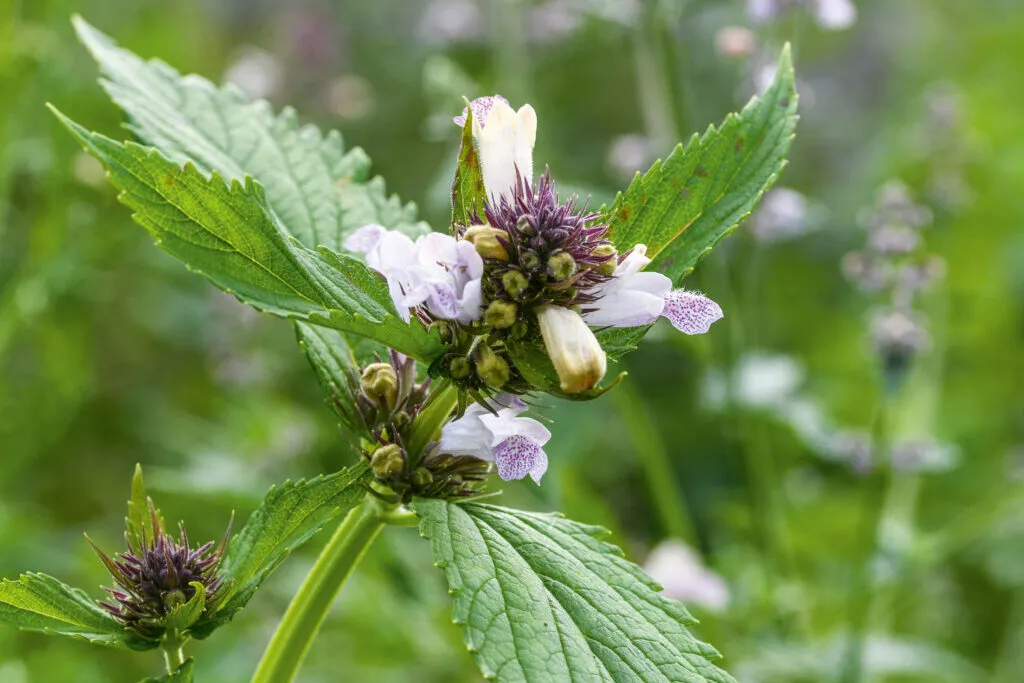
A 2006 introduction by Jellito Perennial Seeds. Serrated, green foliage with flowers from short, fat, terminal spikes in summer, ranging from salmon pink to deep pink depending on their maturity. Tolerant of light shade. 60cm x 60cm.
Nepeta grandiflora ‘Dawn to Dusk’
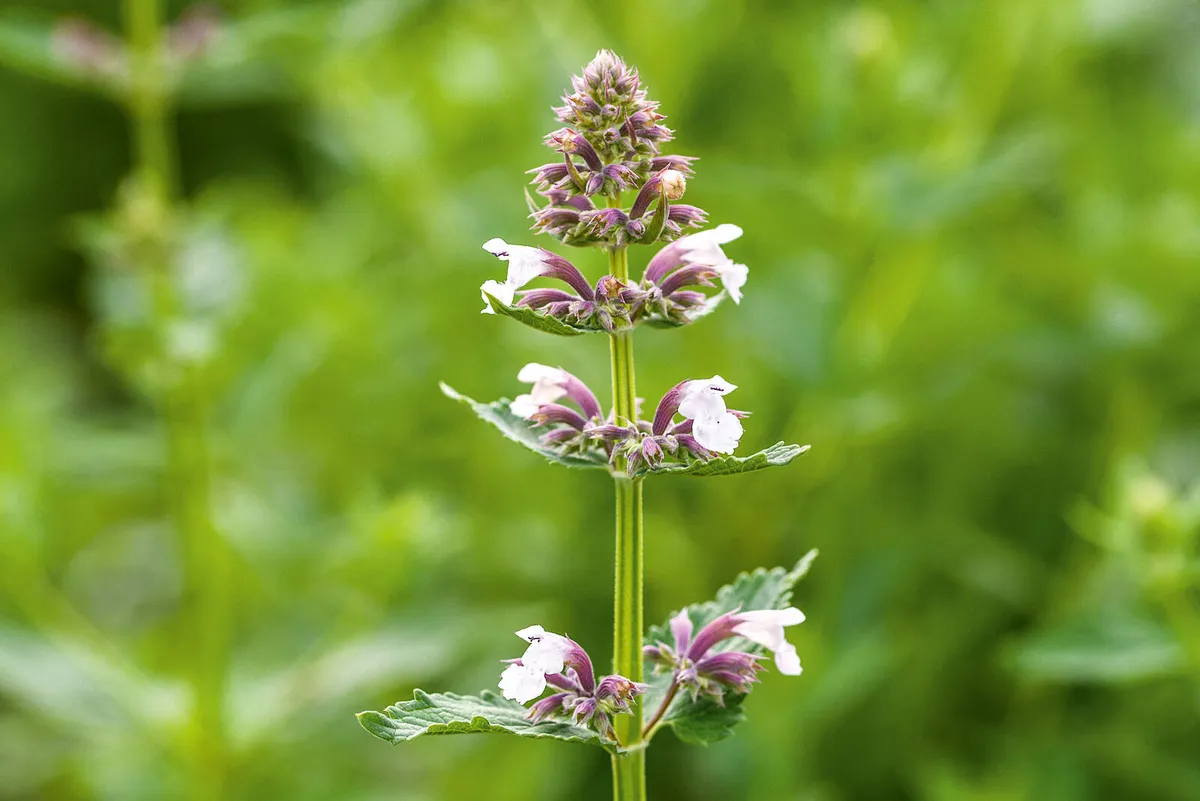
Clump-forming cultivar with a bushy, upright habit. Soft, hairy, grey-green leaves and dark stems give rise to pale-pink flowers from purple-pink calyces in July and August. Good seedhead. 80cm x 70cm.
Nepeta racemosa ‘Amelia’
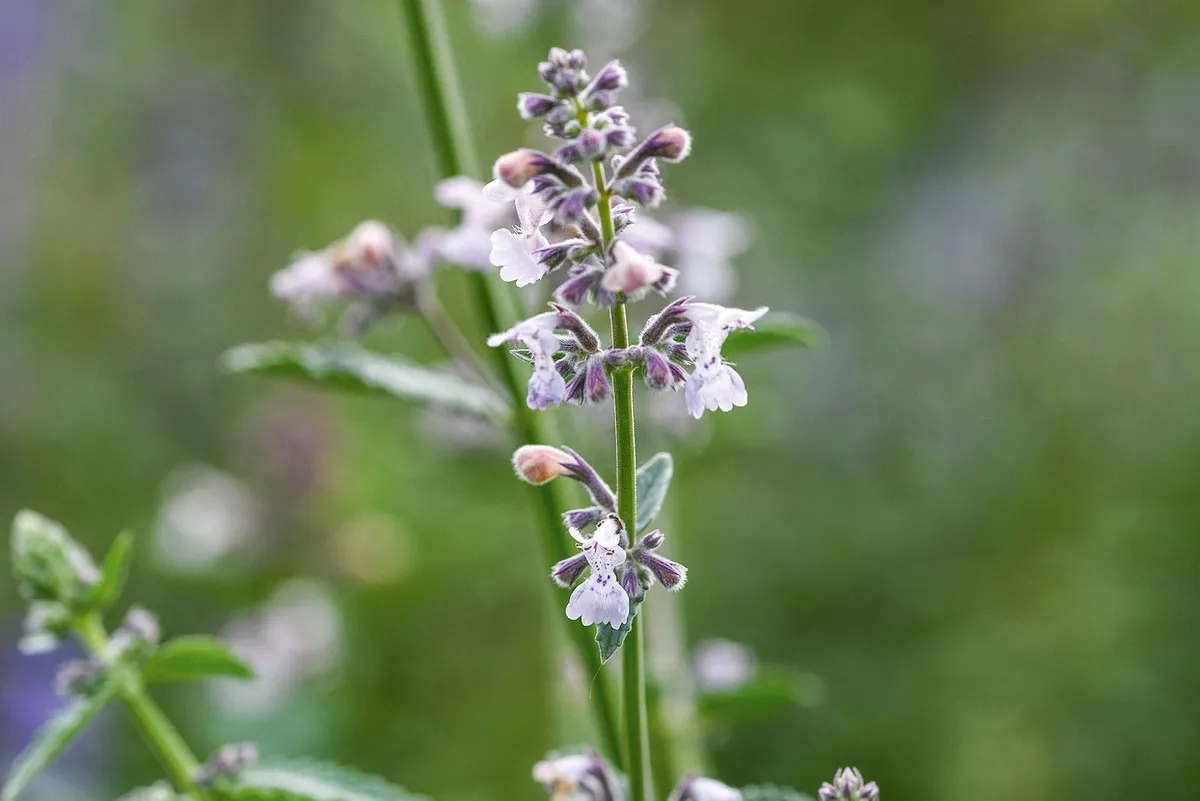
An attractive, entirely distinct, form introduced in the early 2000s by Jeff Hodson. Masses of long-lasting, dainty, pale-lilac/pink flowers from grey-blue, aromatic foliage. 60cm-1m x 60cm-1m.
Nepeta ‘Blue Dragon’
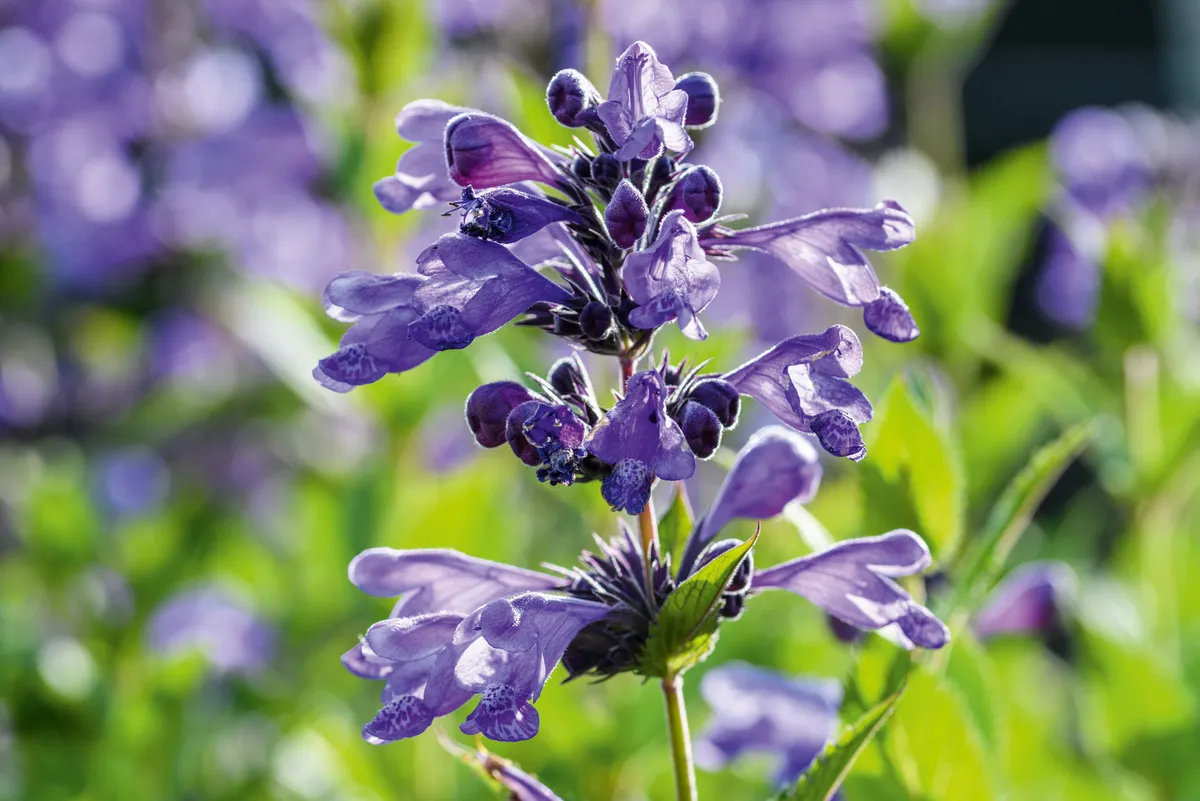
An introduction from Janet Egger at Terranova Nurseries, this upright form has notably large, blue-violet flowers and bright-green foliage that turns a golden red in autumn. Copes well in damper areas. 80cm x 40cm.
Nepeta racemosa ‘Walker’s Low’
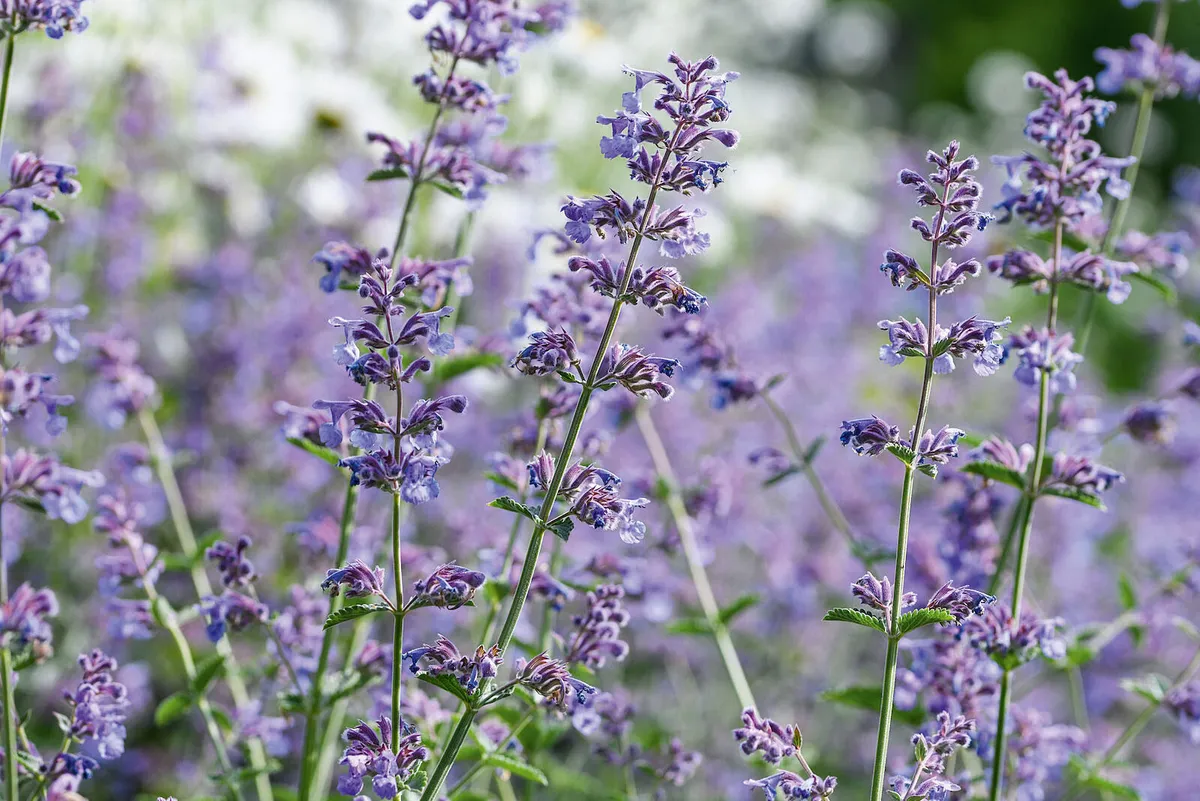
Introduced in the 1980s, this popular cultivar was named Perennial of the Year in 2007 by the US Perennial Plant Association. Small, blue-purple flowers for most of the summer. 60cm x 60cm.
Nepeta cyanea

From the Caucasus. Sturdy square stems with large, terminal, lilac-blue flowers; a robust perennial for part shade. Can tolerate sun if grown in damp soil. Great autumn leaf colour and excellent seedheads that last well into the winter. 70cm-1m x 50cm.
Nepeta ‘Six Hills Giant’
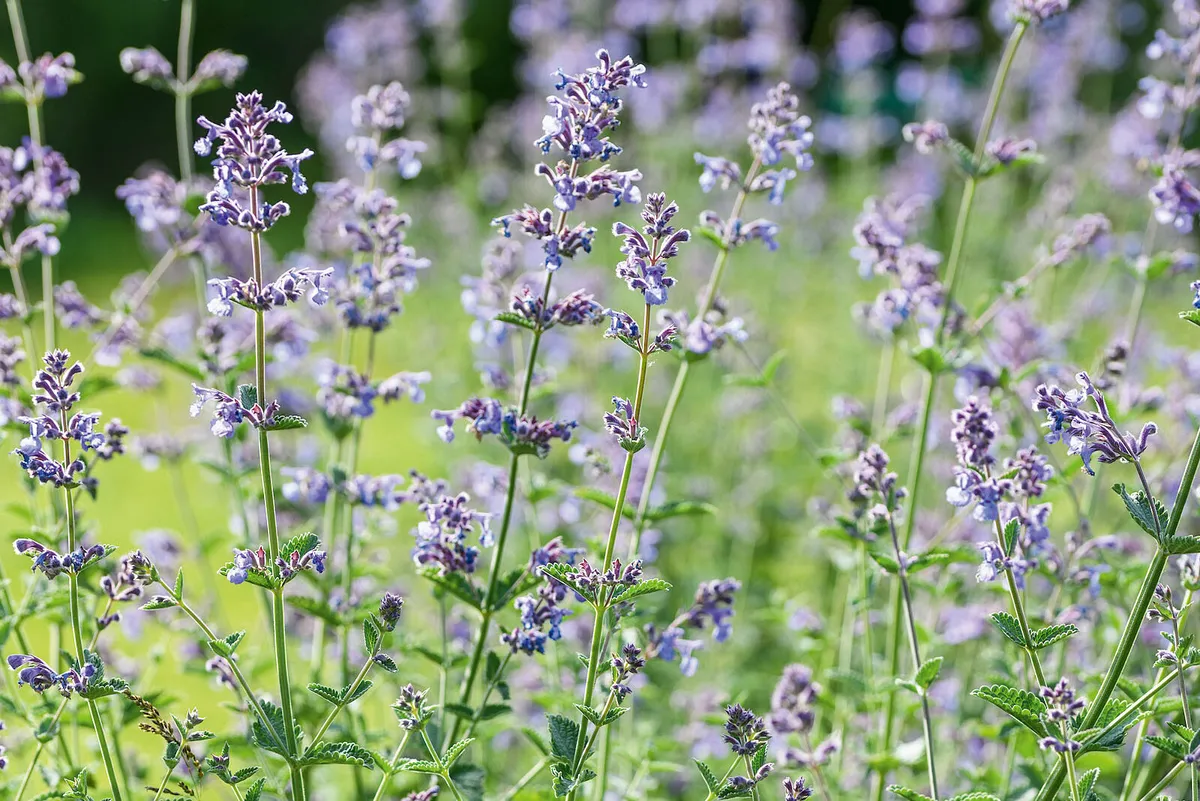
Introduced by Clarence Elliot in 1935 and named after his nursery, Six Hills. Deservedly popular border plant, vigorous and bushy with small, grey leaves and lavender-blue flowers. 1m x 90cm.
Nepeta ‘Hill Grounds’

Bred by the late Janet Cropley from a seedling found in her Northamptonshire garden, Hill Grounds. Deep violet-blue flowers, darker than those of most nepetas, from June. 50cm x 70cm.
Nepeta x faassenii ‘Select’
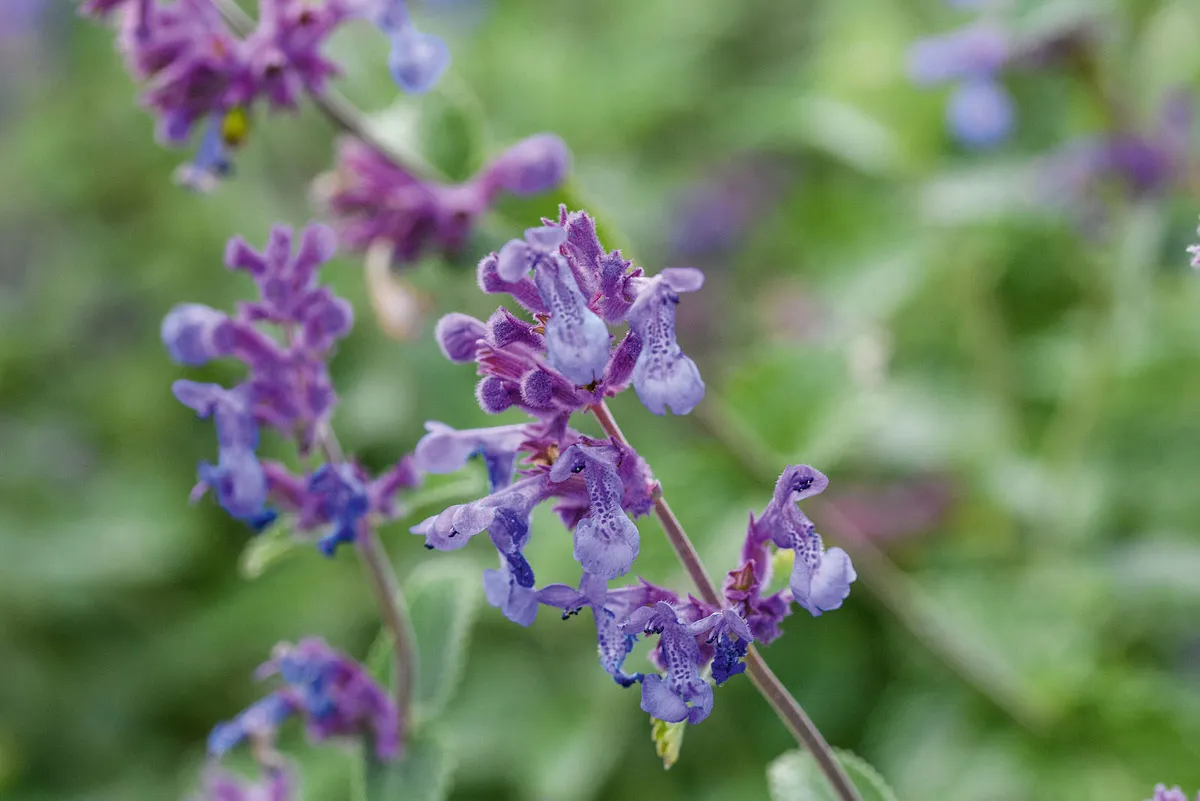
The flowers of this cultivar are said to be a truer blue than is typical of most other nepetas. It has a long flowering season and handsome, silvery-grey foliage. 50cm x 50cm.
Nepeta ‘Chettle Blue’
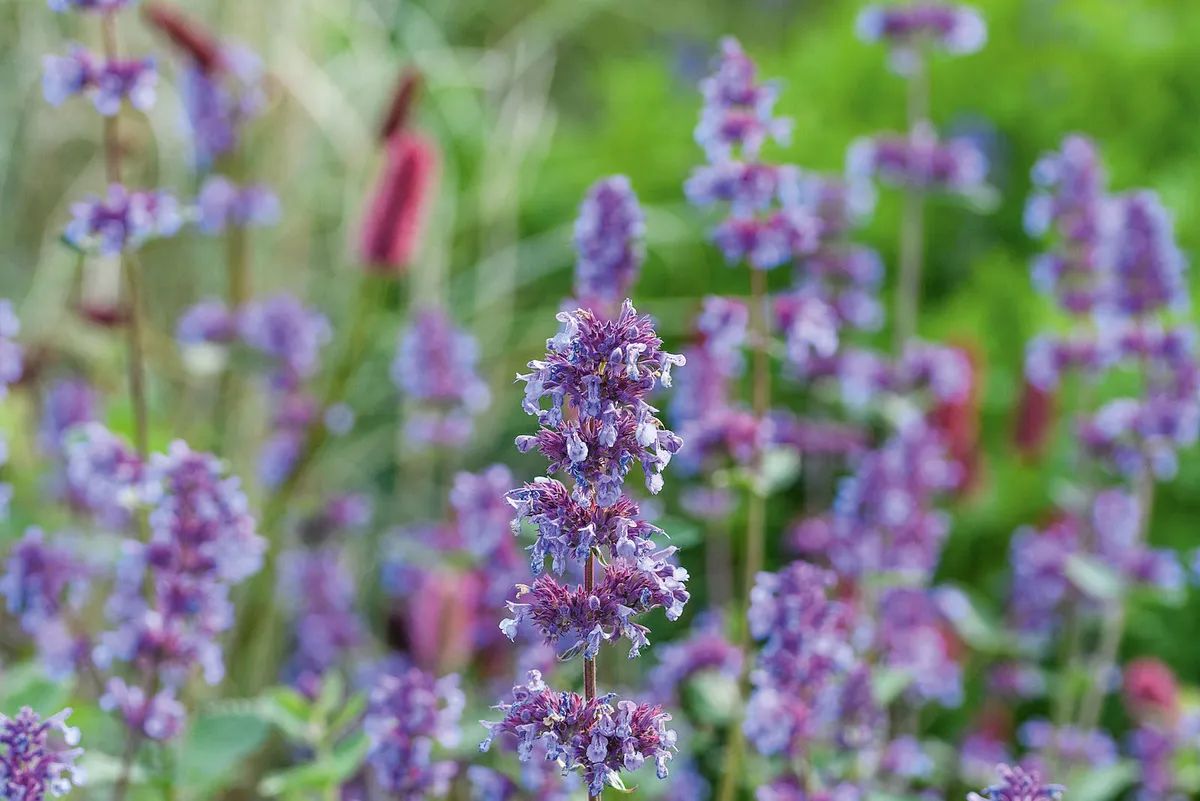
A bushy form with intense blue flowers and purple calcyes held well above the foliage. A bee magnet, it was introduced by Avondale Nursery but may originate from Chettle House in Dorset. 70cm x 40cm.
Nepeta x faassenii ‘Purrsian Blue’
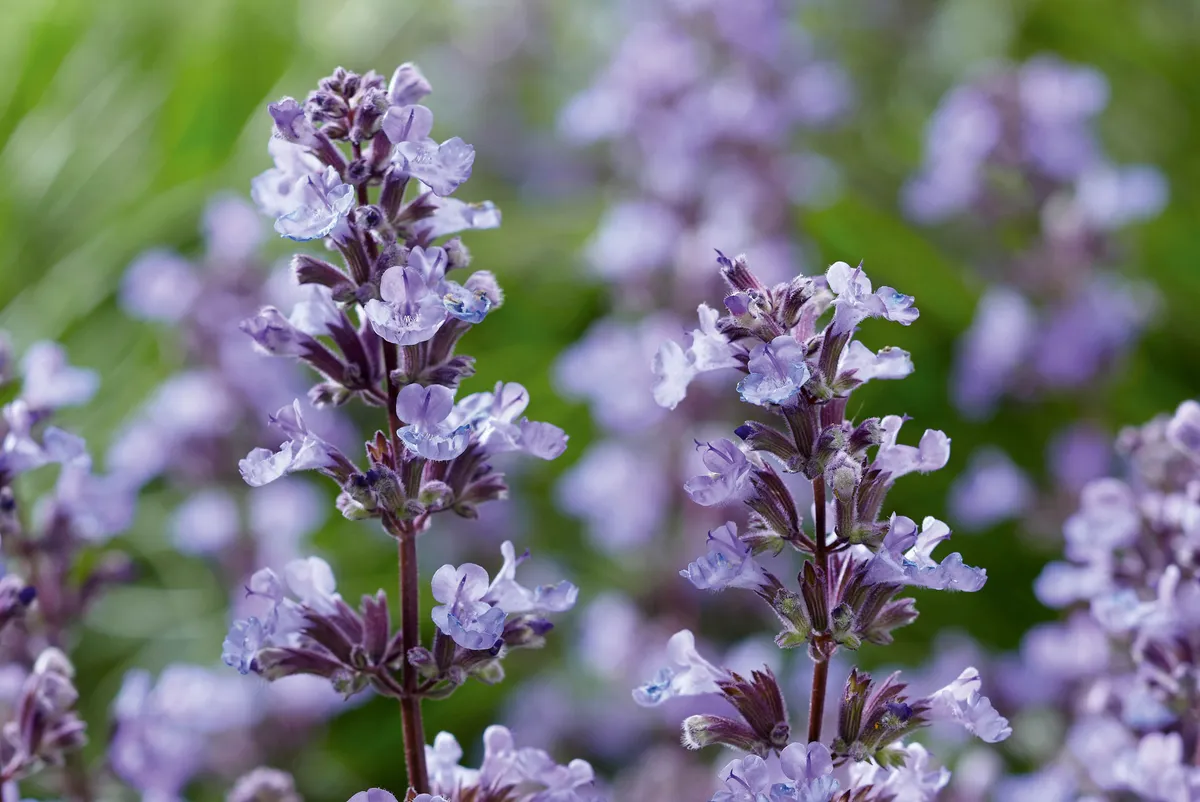
Introduced by Walters Gardens in the US state of Michigan in 2013. Very compact with a neat habit, light-blue flowers and small leaves. A good container plant. 45cm x 60cm.
Nepeta nuda ‘Romany Dusk’
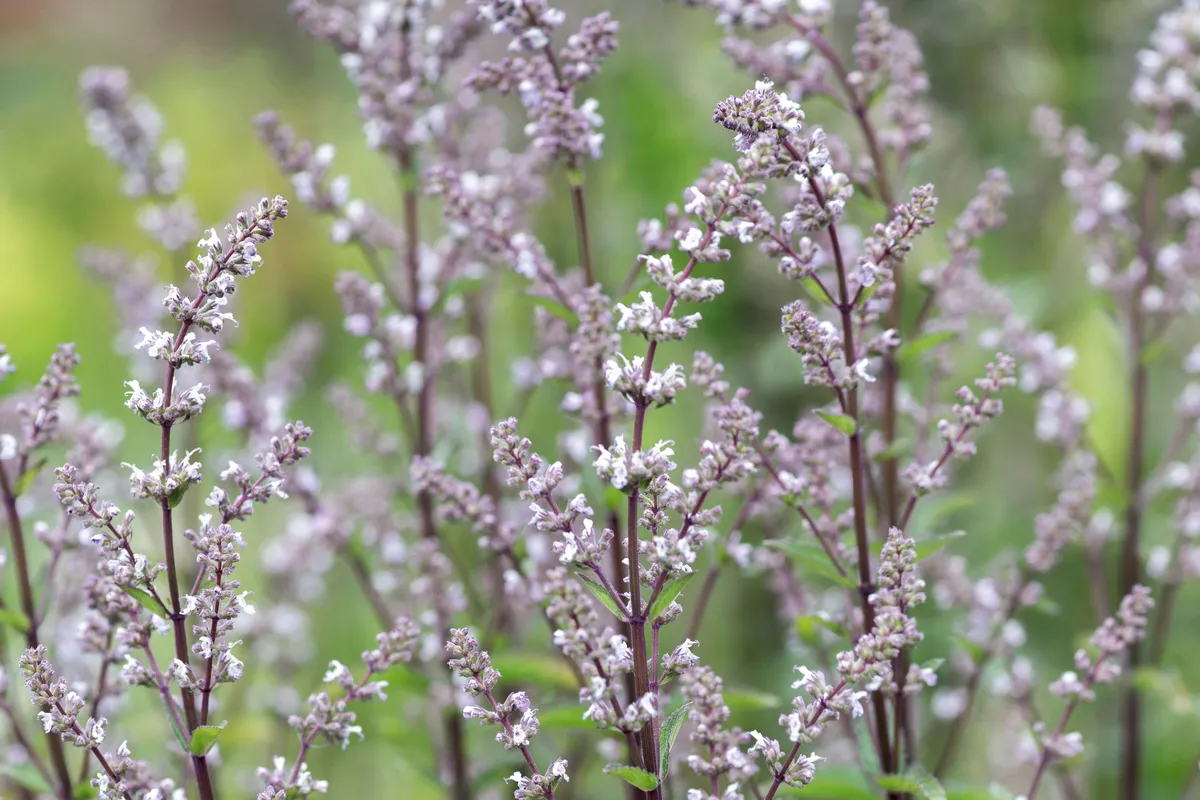
Striking, clump-forming perennial collected in Romania by plantsman Paul Barney of Edulis Nursery. Upright, burgundy-tinged stems and lilac-pink flowers on short branches from June. 1m-1.7m x 80cm.
Where to see and buy Nepeta
Beth Chatto’s Nursery, Clacton Road, Elmstead Market, Elmstead, Colchester, Essex CO7 7DB. Tel 01206 822007, bethchatto.co.uk
Claire Austin Hardy Plants, White Hopton Farm, Wern Lane Sarn, Newtown, Powys SY16 4EN. Tel 01686 670342, claireaustin-hardyplants.co.uk
Hardy’s Cottage Garden Plants, Priory Lane Nursery, Freefolk Priors, Whitchurch, Hampshire RG28 7FA. Tel 01256 896533, hardysplants.co.uk
Fi Reddaway*, South Zeal, nr Okehampton, Devon E20 2JS. Open as part of the South Zeal and District Open Gardens Day, 19 June, 10am-4pm. £4 for entry to all participating gardens. *National Collection holder.